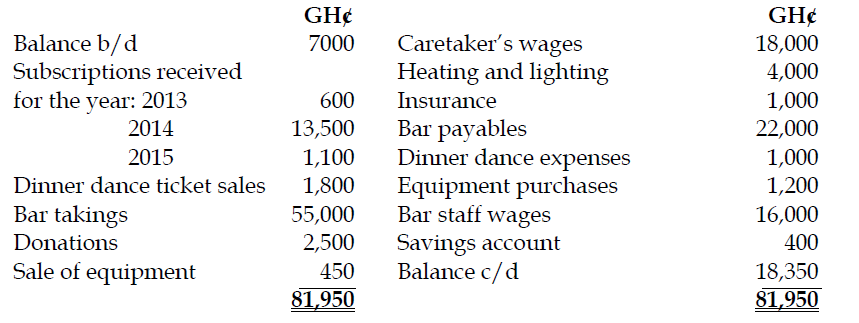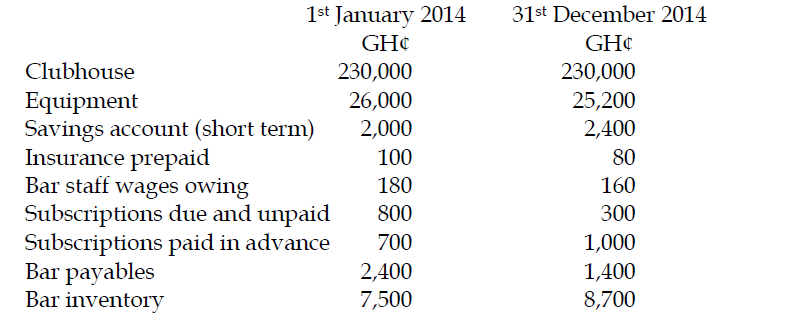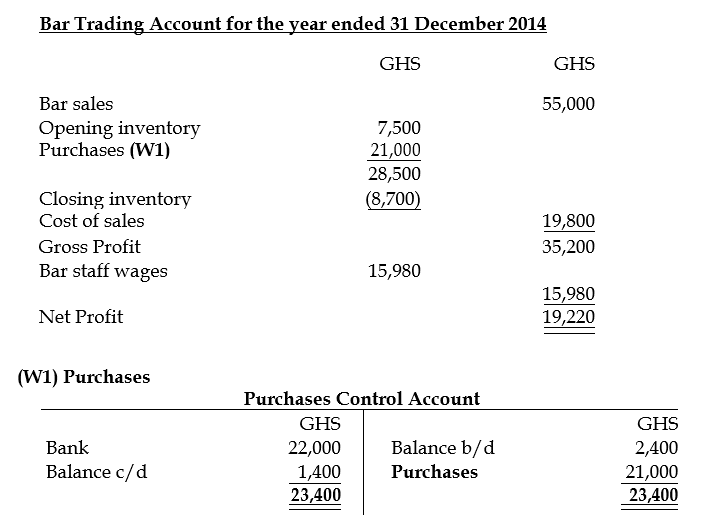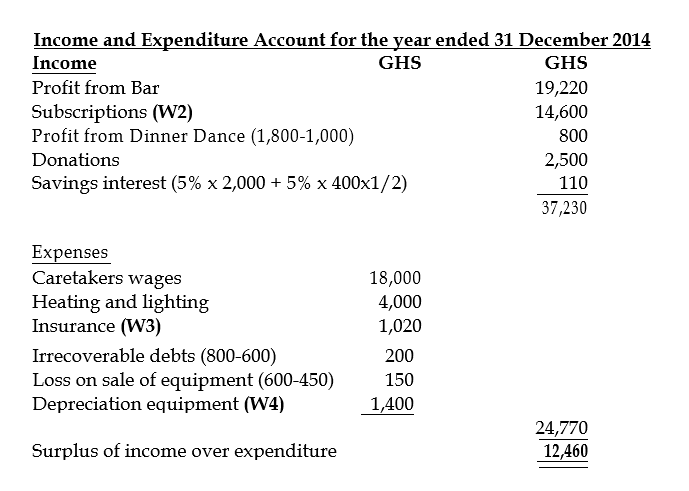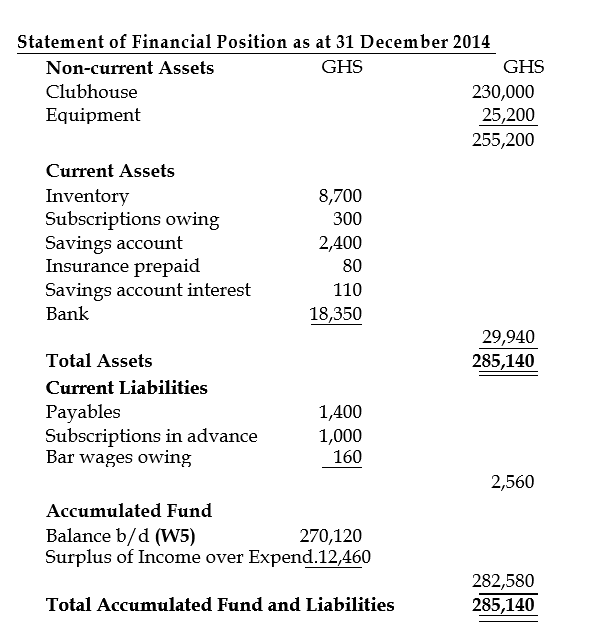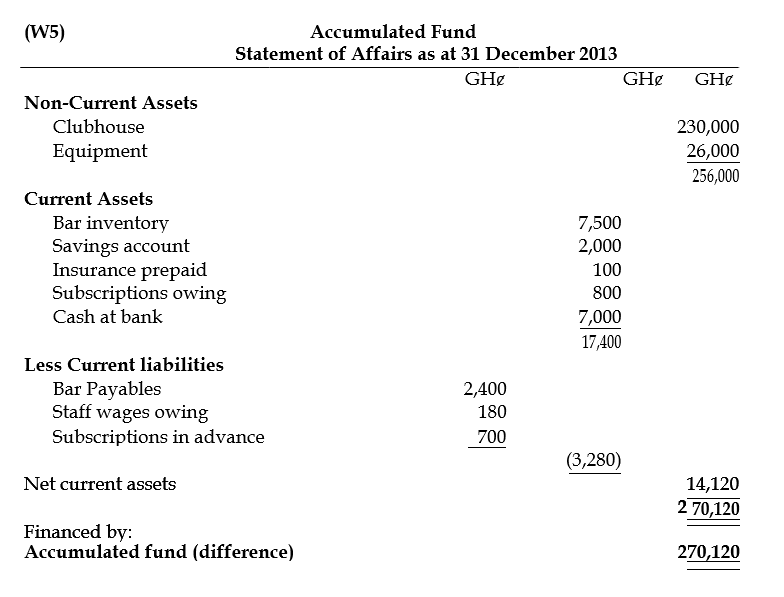May 2019 Q7 a.
Apatrapa is a successful international telecommunication company with over 100,000 employees and a headquarters in its base country’s capital city, Accra. A recent report concluded that Apatrapa has been successful because it has seized the opportunities of globalisation through a series of initiatives including using virtual work teams spread across continents, cultures and time zones. These initiatives helped to improve staff productivity and maximised Apatrapa’s use of technology. Key features of Apatrapa’s operation include:
- Achieving fast communication and saving some travel costs through email, videoconferencing technology and VoIP (voice over internet protocol) combined with webcam equipment;
- Working hard to improve communication through its own social networking sites with blogs, wikis, podcasts, RSS feeds and the use of instant messaging software;
- Offering a scheme of flexible working practices and home-working to its headquarters staff (10,000 employees have opted to work from home including accountants, Information Systems (IS) and Human Resource (HR) staff). Those switching to home working ‘give back’ 50% of the time they previously spent commuting in the form of extra working hours. (Apatrapa estimates that home-workers get 20% more work done than those based in the headquarters building and have comparatively lower absence and staff turnover levels.)
Required:
Explain FOUR (4) ways in which managers with responsibility for teams might meet the challenges of teams being geographically dispersed. (12 marks)
View Solution
There are a number of ways in which managers of teams in companies like APATRAPA, that have team members spread across the world, can meet the challenges this brings.
- Use of technology to communicate and to tie the team together
Team members spread around the world often find it difficult to visualise and identify with the wider team they are part of. APATRAPA is already utilising technology to improve communication. It could extend this to the use of shared resources held on a central server, for example an intranet.
Communication is key to managing any team as it allows information to flow and for relationships to be built. Geographically dispersed teams are no different – it is just the type of communication which is different (being more often electronic rather than face-to-face).
The team manager must be creative in their use of technology and willingness to use it. They should identify the types of communication which work best for their team and use them wherever possible. - Consistent induction and training processes
It is important that all team members work in a similar way and all have the same understanding and knowledge. This can be difficult to achieve with team members based in different locations. A single, consistent induction and training programme can help ensure a consistent levels of expectation, knowledge and performance across the whole team. - Clear lines of authority and role responsibility
A person’s authority and responsibility is often communicated in part by their personality and ‘in person’ interactions with others. With geographically dispersed teams, relying upon electronic communication, these clues and informal discussions to establish responsibility are often absent.
It is essential therefore that all team members are aware of the team structure, roles and responsibilities – these must be clear and available for all to see. For example, in global organisations, it is essential people know who is responsible for a particular customer or contract that operates in different regions. - Be aware of possible cultural differences
Employees who live in different locations and cultures may have different personal goals. For example, some cultures are more work focused than others, with the achievement of promotion and status a key motivator. A manager of a geographically dispersed team should be aware of differences between goals of individuals within their team and to try to ensure all act in a way that helps achieve the organisation’s goals. This may require devoting more time managing and mentoring employees than if they were in one central location. - Build team spirit
Building a sense of team spirit and cooperation can be more difficult when team members are spread around the world. Employees who only communicate by email or other electronic means do not share the spirit of collaboration to the same degree and communications become more pressured in tone and demands. For example an employee may only hear from another when their work is late or something has gone wrong.
A manager of a dispersed team should encourage collaboration between employees. This may be achieved through face-to-face team building events but could also be achieved through giving employees projects to achieve as a team.

